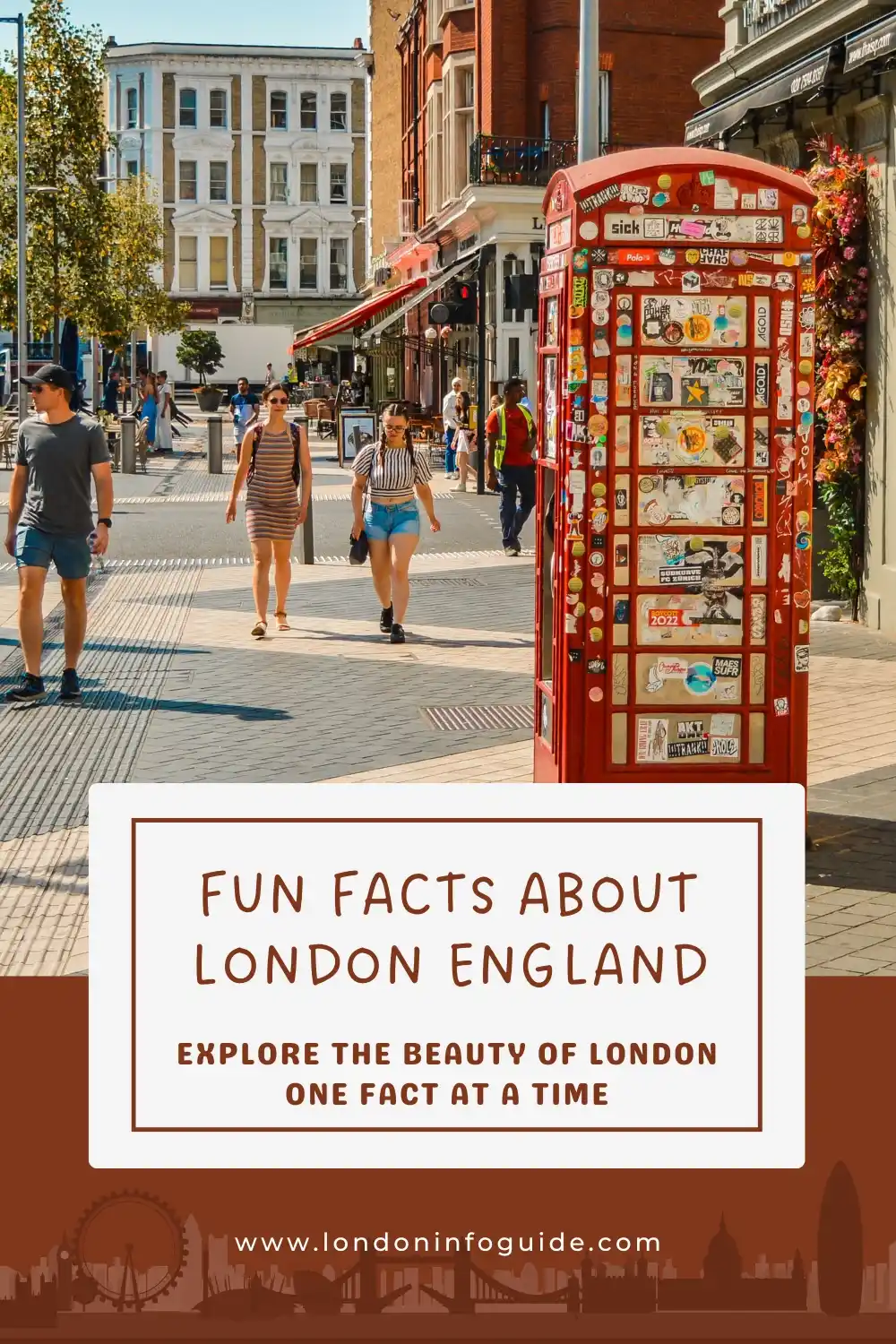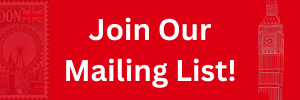- Home
- Things To Do
- Interesting Facts About London England
interesting facts about london england
Unveil the Wonders: London Facts Revealed
We are going to dive into some of the most interesting facts about London England.
Our goal is to give you the best and most fascinating information about this iconic city, from its rich history and vibrant sports culture to essential travel tips and general information about everything we find most interesting about the city. Furthermore, you will have the chance to gain knowledge about the diversity of people in London as well as its impressive array of museums and galleries facts.
With the help of this fact guide, you can satisfy your curiosity, gain a deeper understanding of London's history and be able to enjoy the city even more.
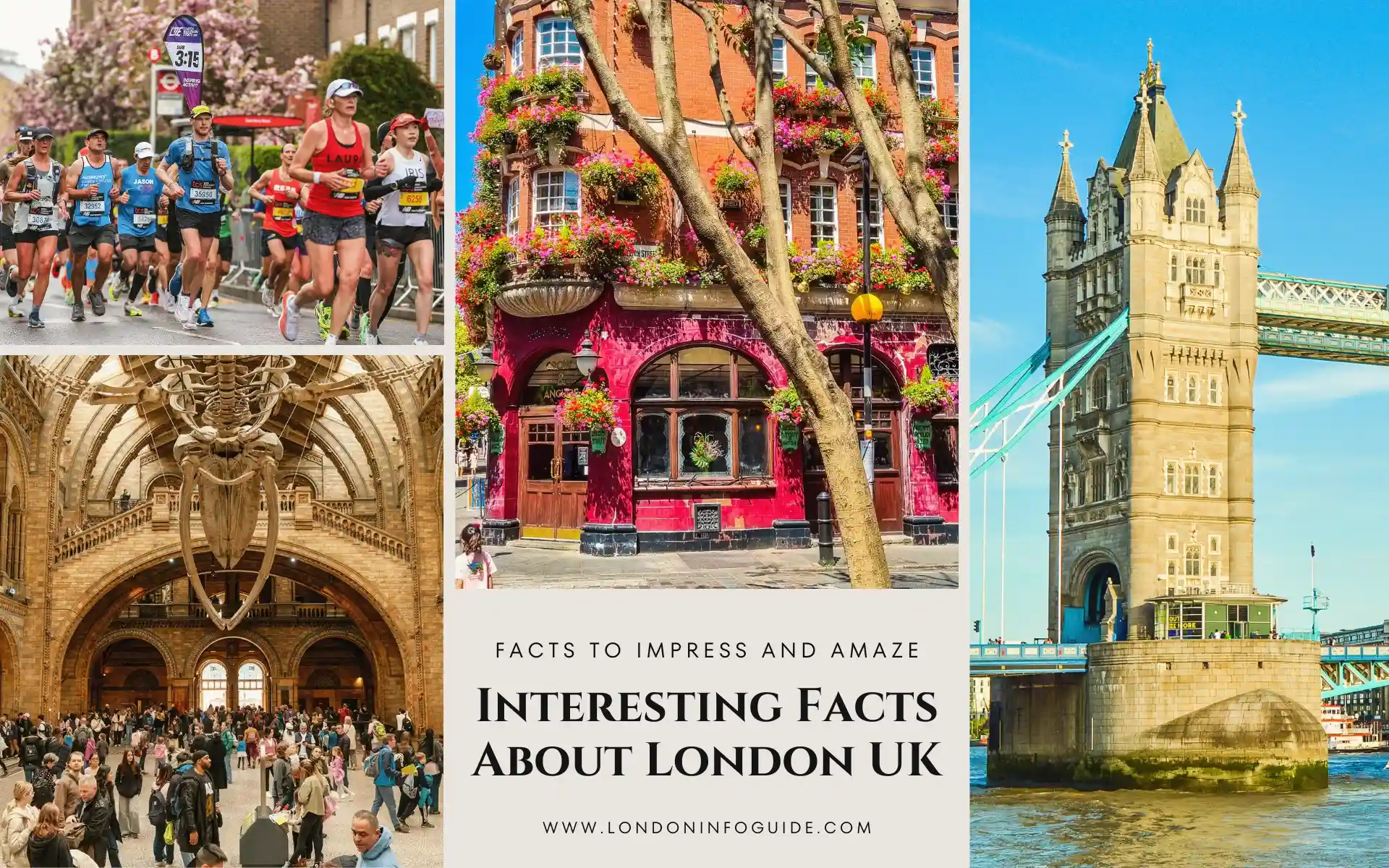 Interesting Facts About London UK - Amazing Facts And Fascinating Information
Interesting Facts About London UK - Amazing Facts And Fascinating InformationTable Of Contents - interesting facts about london england
- Fun General Facts About London England
- Facts About Planning Your Holiday In London
- Facts About London UK Attractions
- The History Of London England Facts
- The People Of London
- Museums And Galleries - Bringing History And Art Together
- London, A Sport Lovers' Hub
fun general facts about london england
- Official Language: English
- Electricity Supply: 230 volts AC (50Hz). Use UK electrical outlets Type G.
- Time Zone: Greenwich Mean Time (GMT) during standard time and British Summer Time (BST) during summer, which is GMT+1.
- London Population: 8.87 Million (Mid 2022)[1]
- Currency: British Pound Sterling (£)
- Emergency Numbers: 999 or 112
- Measurements: The metric system.
- International code for UK - +44 (0044)
- Traffic moves on the left side of the road like all UK.
🎅 London Christmas Planning 2025 Starts Now!
- 🏨 Best Hotels in London for Christmas
- 🎄 Christmas in London Guide: Events | Lights | Markets | Tours
- ✨ Best Areas to Stay in London
- 🎁 Luxury Hotels in London
- ❄️ Weather In London For Christmas
- 🎟️ Things to Do in London in December
- 🛍️ Shopping in London at Christmas 2025
- 🎡 Visit Winter Wonderland at Hyde Park in London
- 🏨 Best Hotels Close to Winter Wonderland
facts about planning your holiday in london
- Best Time To Visit: Late spring (April to June) or fall (September to November) are the best times to visit if you want to escape the heavy crowds and have a more affordable trip.
- Currency: The British Pound Sterling is the currency in use in London. To prevent paying unnecessary fees, it is important to become acquainted with the currency. Payments can be made using a card or cash.
- Getting Around London: The public transportation system is very efficient and well worth utilising. Travelling will undoubtedly be simpler and more affordable with an oyster card or contactless payment card.
- British Language: Although English is the primary official language in London, several other languages are also commonly spoken due to the city's heterogeneous population.
- Accommodation Options: London has a diverse selection of lodging alternatives, ranging from upscale hotels and boutique inns to hostels and serviced apartments. Getting a reservation in advance often results in lower prices.
- Travelling to London: Several airports to select from, including Heathrow, Gatwick, Stansted, Luton, and City Airport. The biggest and most connected airport is Heathrow. Plan and check out numerous airlines to find the best deal.
- London's weather: Remember the unpredictable weather in the city. Rain occurs most of the year, so a waterproof jacket or umbrella should be included in essential gear. Wear sweaters, a light coat, and comfortable walking shoes when exploring the city.
- Packing For Your Trip: Wear layered, adaptable clothing to accommodate variable weather. For year-round comfort and style, add light sweaters, thermal accessories, waterproof coats, and cosy shoes. Check out our guide about what to pack for London.
- Tourist Passes: The London Pass provides cost-effective access to over 80 attractions, including museums and bus tours, with fast-track entry options to save time and enhance your sightseeing experience.
- Safety: With strong security measures and low crime rates, London maintains a reasonably high degree of safety for a big city, making it a secure location for both visitors and locals. However, like in any big city, be cautious of your belongings, especially in busy areas.
facts about london UK attractions
Captivating facts about London's attractions allows visitors to fully appreciate the city's variety of attractiveness. The city's famous skyline offers an array of attractions, from the contemporary wonders of the Shard and the London Eye to ancient sites like the Tower of London and the Houses of Parliament, which are home to Big Ben.
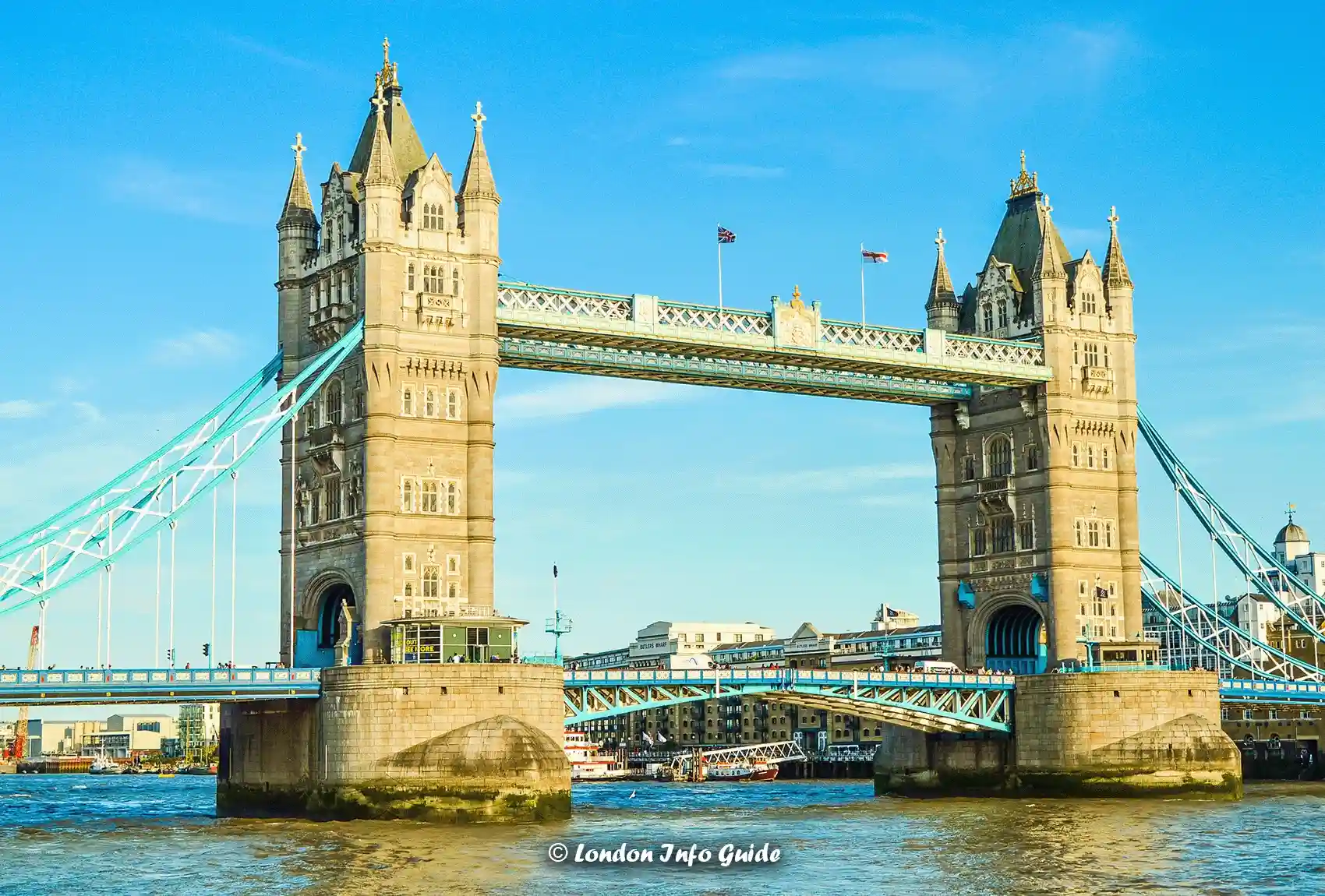 Tower Bridge: London's Iconic Landmark Connecting History And Modernity.
Tower Bridge: London's Iconic Landmark Connecting History And Modernity.The London Eye - largest wheel in europe
London Eye is the UK's most popular paid tourist attraction, attracting 3.5 million visitors annually. While inside the capsule, you can see for up to 25 miles (40.23 kilometres).
buckingham Palace - 14th largest palace in the world
Architect John Nash ended up getting fired from the Buckingham Palace project because he overspent unintentionally on the project. If you look closely at the gilding details, you'll probably understand why this is so.
Tower of London - Home to the Crown jewels
The Tower of London England once housed London's first zoo, which included exotic animals given as gifts to kings and queens like lions and elephants. The Duke of Wellington shut it down in 1835 and transferred all the animals to its present location.
Tower Bridge - Simply Iconic
There is no doubt that Tower Bridge is an architectural marvel of steel, resembling a medieval castle in design. Its two towers, linked by a drawbridge, form an impressive and historical scene along the River Thames, seamlessly blending with the Tower of London.
Madame Tussauds - Celebrities in Wax
Each portrait, at Madame Tussauds in London, has frequent hair washings and makeup touch-ups. Each figure is painstakingly created to be 2% larger than the actual person after taking many accurate measurements and photographs.
st. paul's cathedral London - The Fourth church on-site
The dome is one of the world's largest at 366 feet high. Due to the dome's unique architecture, sound travels thirty metres up the Whispering Gallery with remarkable constancy. When you whisper to each other from opposite sides, see how gently it goes.
The Shard london
The Shard is the highest building in London, the United Kingdom, and Western Europe. This 72-story skyscraper in Southwark, London, rises to a height of 309.6 metres (1,016 feet). There is nothing like the view from The Shard to see the London skyline.
Big Ben London - is renowned for its accuracy
There is no doubt that Big Ben in London is imposingly enormous, but its timekeeping mechanism is extremely accurate due to the old pennies that are placed atop its pendulum. Added or removing these coins alters the pace of timekeeping.
The history of London England
A vibrant tapestry of the history of London weaves through its origins in Roman times and its thriving present. It's a city that combines history with modernity, old customs with current culture and is well-known for its fog, double-decker buses, and the chime of Big Ben.
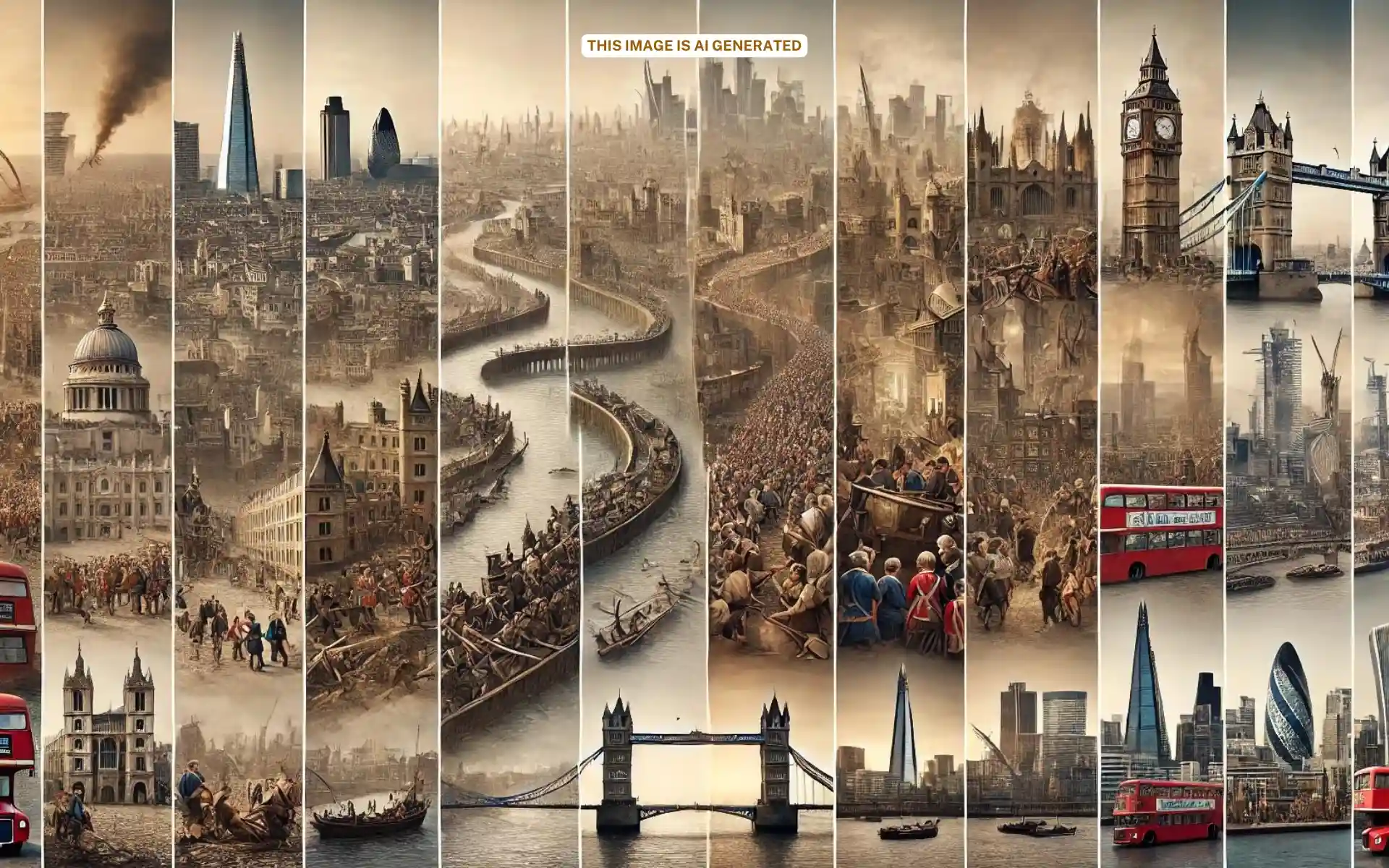 A Visual Journey Exploring London's Growth From Ancient Roots To Contemporary Monuments.
A Visual Journey Exploring London's Growth From Ancient Roots To Contemporary Monuments.A sequential photo collage depicting the history of London without captions. The collage should feature key historical landmarks and events such as the founding of London, the Roman occupation, the construction of the Tower of London, the medieval period, the Great Fire of London, the Industrial Revolution, World War II bombings, and the modern skyline with landmarks like the Shard and the Gherkin. Each image should be arranged in a timeline format to clearly show the progression of London's history. The background should be neutral to focus on the historical images, ensuring a cohesive visual narrative that illustrates the evolution of London over time.
Roman Origin - named Londinium around AD 43
More than two millennia ago, in AD 43, a Roman town called Londinium gave rise to London. Its strategic location helped it evolve into a major commerce and administrative hub. The Romans established it as a bridgehead on the River Thames.
The Great Fire of 1666 - which started from a bakery
London was devastated by the Great Fire of 1666, which started in a Pudding Lane bakery. Sir Christopher Wren's leadership in rebuilding London was enabled by this catastrophe. As a result of his efforts, imposing buildings such as St. Paul's Cathedral were built.
the Victorian era London
At the height of the British Empire in the 19th century, London was the world's largest and richest metropolis, with great industrial, technological, and cultural breakthroughs. These changes significantly impacted the city's infrastructure and character.
London Was Bombed By The Germans During WWI And WWII
Despite its bombing campaign during World War II, when Nazi Germany wreaked extensive devastation and took over 30,000 lives in the city, few people know that Germany also bombarded London during World War I.
The People of London
With the pulse of the modern world and the heritage of antiquity, London is a thriving multicultural metropolis. Each neighbourhood in this vibrant metropolis has its own story to tell, and it lives on it. This dynamic and ever-evolving urban tapestry blends local traditions with global inspiration.
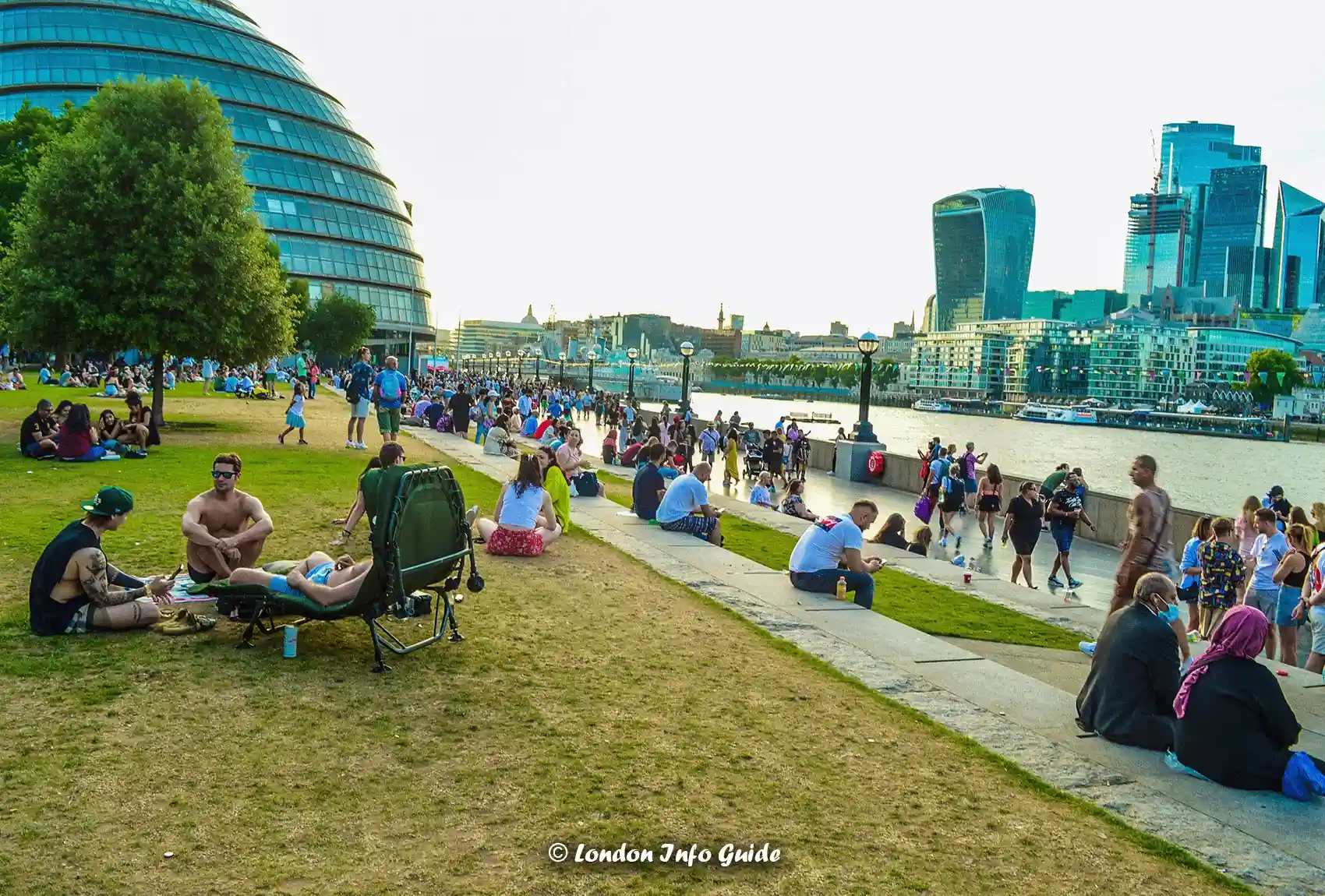 Open Green Space Near Tower Bridge On A Hot Day
Open Green Space Near Tower Bridge On A Hot Day300 Languages Are Spoken In London
London is unmatched in its diversity, with foreign nationals comprising a substantial portion of its 8.7 million inhabitants. The city's inhabitants speak almost 300 different languages while clinging to their native tongues and cultural traditions.
London ranks among the world's most multicultural cities.
People from colonies have come to the British Empire for centuries to share the Commonwealth dream. Immigrants from countries such as Trinidad & Tobago, Jamaica, Pakistan, India, and others have come to London since the 1940s.
The London accent is quite distinctive.
The joyous East London accent of Cockney made famous in Mary Poppins, has mingled with South Asian and Caribbean tones to create a complex vocal tapestry. London is a very multicultural city with over 300 different languages spoken there.
Historical Growth
The population of London has fluctuated historically, peaking at 8.6 million in 1939 before declining mid-century and rising again to surpass this peak in recent years, demonstrating its enduring appeal and economic opportunities.
Age Demographics
London has a younger population compared to the rest of the UK, with a median age of around 35 years. This younger demographic is attributed to the city's vibrant job market and educational institutions.
Migration Patterns
London attracts a significant number of international migrants, who make up about a third of the city's population. This continuous influx contributes to the city's dynamic character and workforce.
Cultural Hubs
Areas like Brixton, Camden, and Notting Hill are known for their distinctive cultural scenes, influenced heavily by the Caribbean, Asian, and other diaspora communities that have settled there over decades.
Residents of London are known as Londoners
Londoners are diverse and multicultural, reflecting the city's cosmopolitan character. London is mostly English-speaking, yet its 9 million residents come from a variety of cultures and linguistic backgrounds. As a result of its vibrant culture, the city creates a dynamic urban identity that is cherished by its residents.
Museums and galleries - Bringing History And Art Together
Discover the arts and history of London in the galleries and museums. Every location offers a captivating fusion of historical artefacts and contemporary artworks. Discover these cultural hotspots, where each exhibit takes you on an amazing journey through creativity and time.
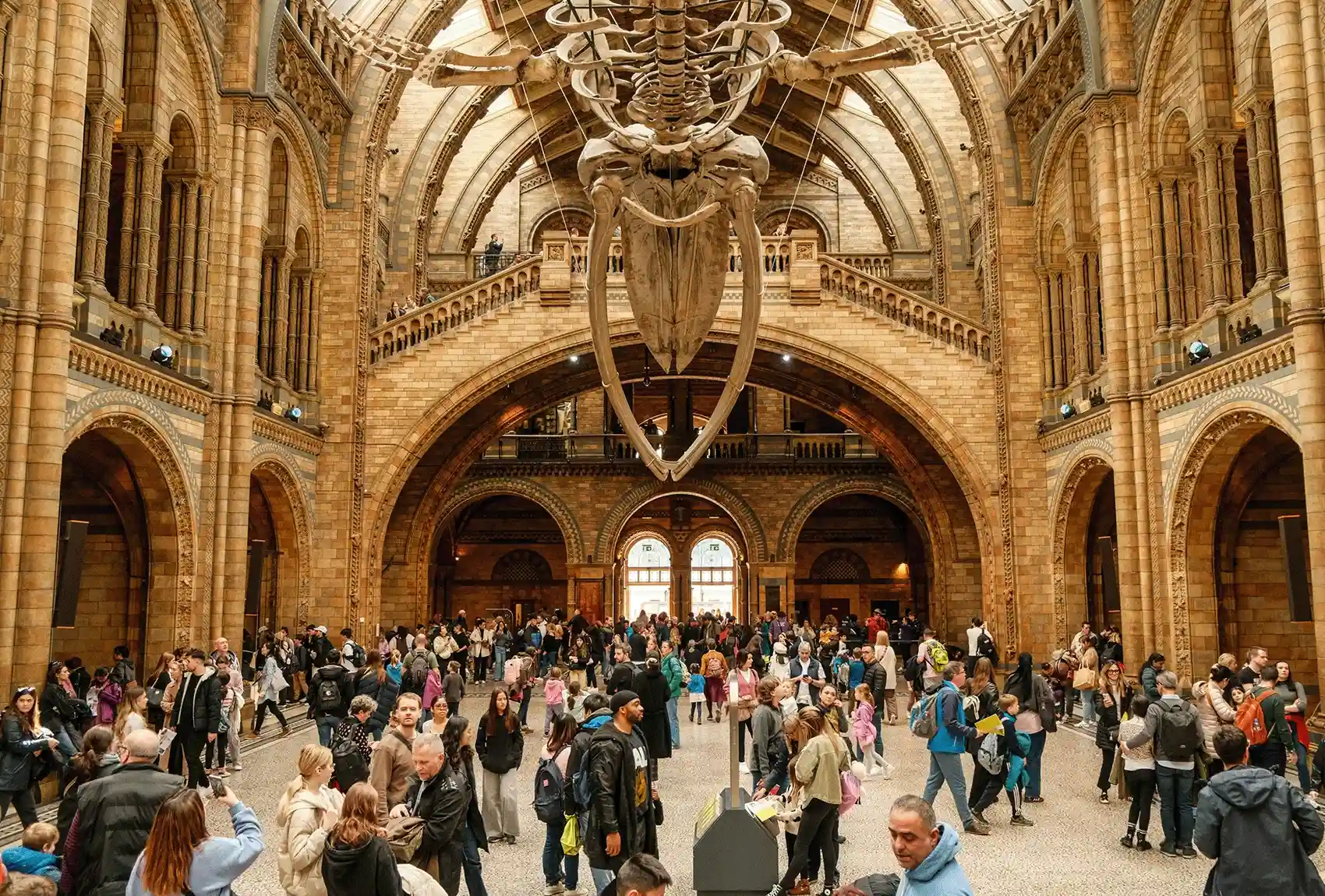 London's famous Natural History Museum attracts visitors.
London's famous Natural History Museum attracts visitors.London is home to over 235 Museums
A museum enthusiast will find London a treasure trove, boasting over 235 museums catering to the interests and passions of a wide range of people. These museums showcase centuries of history, art, science, and culture, from world-renowned institutions to niche galleries and speciality collections.
related article: best free Museums to visit in London
Visitor Numbers - Measured by Millions Annually
One of the most popular museums in the world, the British Museum attracts 5.8 million visitors every year. There are eight million pieces in its permanent collection of art, history, and culture. The pieces represent ancient to modern civilizations.
Diverse Collections - Spanning Centuries of Creativity
Victoria and Albert Museum, or V&A, has the world's largest collection of ornamental arts and design with approximately 2.27 million pieces spanning over 5,000 years. Named after Queen Victoria and Prince Albert.
Historic Firsts - Pioneering Cultural Accessibility
The National Gallery opened its doors at Trafalgar Square in 1824, one of the earliest museums to provide free public access to a national collection of paintings. Over 2,300 paintings represent European art from the Middle Ages to the 20th century.
Specialized Museums - Focused Exhibits on Unique Subjects
London hosts the Design Museum, named European Museum of the Year in 2018, and the Museum of London, with the largest urban history collection in the world, comprising over 6 million items. These museums highlight London's role in global design innovation and its rich urban history respectively.
Historical Artifacts - Preserved Pieces of the Past
The Tower of London, housing the Crown Jewels, contains over 23,578 gemstones. These artefacts are not only of immense historical value but also continue to be used in significant national ceremonies, embodying centuries of British monarchy and tradition.
Rare Exhibits - Showcasing Uncommon and Unique Artifacts
The Tate Modern, home to some of the rarest modern art pieces globally, has played a crucial role in establishing London as a centre for contemporary art. With record visitor numbers, it offers groundbreaking exhibitions that challenge and expand the boundaries of modern artistic expression.
London, a sport lovers' hub
London hosts major sporting events such as football, rugby, tennis, and athletics, and famous venues are available for tours behind the scenes. As a fan, you can visit locations that are normally off-limits, such as Royal boxes and players' changing rooms, following in the footsteps of sports icons.
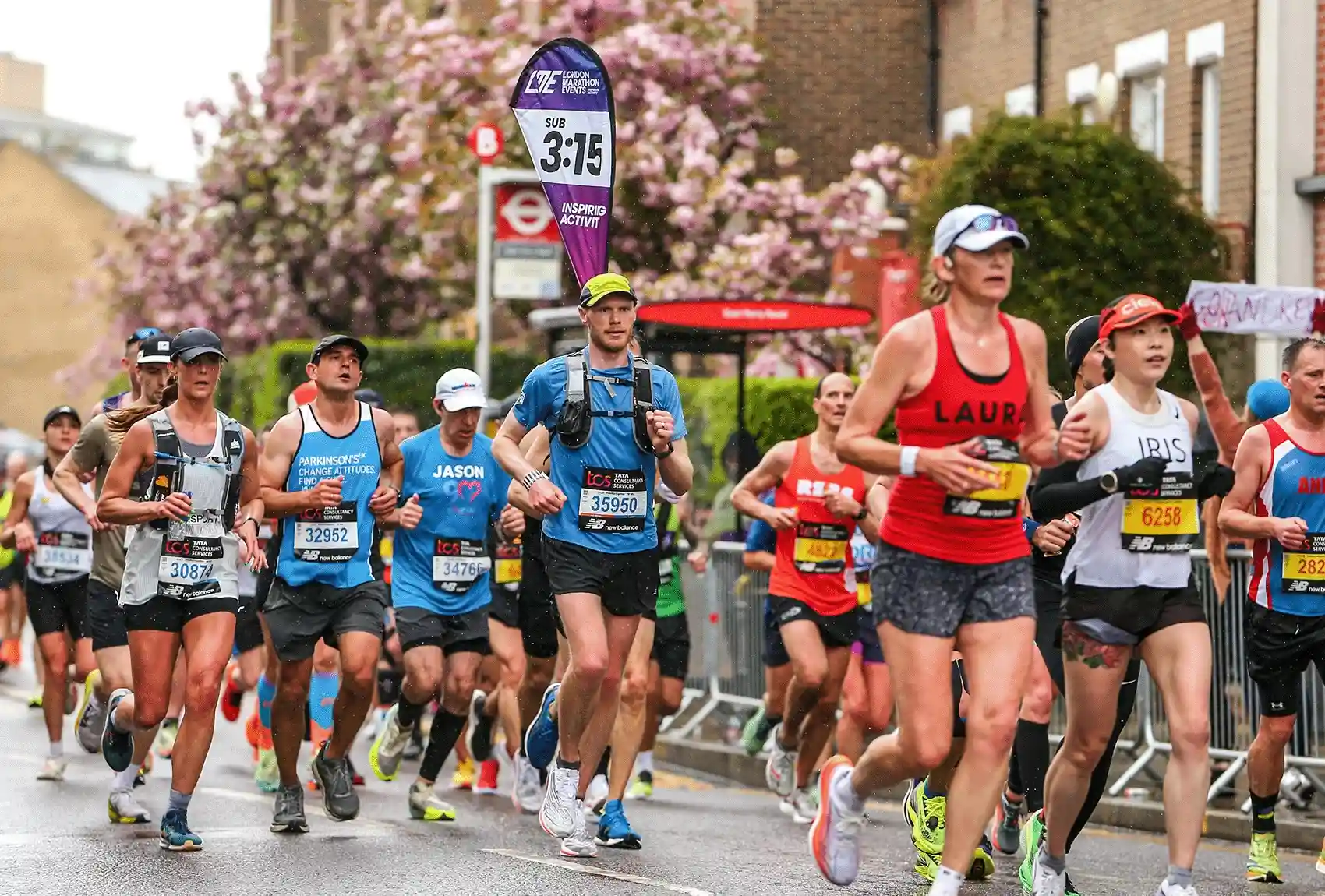
London Has Hosted the Olympics Three Times
The Summer Olympics were held in London for the first three times in history (1908, 1948, and 2012). Having lasted for 187 days, the London Olympic Games of 1908 are the longest Olympic Games to have ever taken place.
Wimbledon is Home To The Oldest Tennis Tournament In The World
It was in 1877 that the first Wimbledon tennis event in London took place. The only Grand Slam competition still held on grass courts is this one. As a matter of fact, the grass in question is a particular variety called "lawn tennis."
David Beckham - London's Pride, England's Icon
David Beckham, a famous footballer, was born in Leytonstone, East London, on May 2, 1975. In English football, he became an icon. His charitable contributions go beyond his playing career.
International Matches: London often hosts international football matches, including those of the England national team, at venues such as Wembley Stadium.
Marathon Tradition
The London Marathon is one of the top six international marathons that form the World Marathon Majors. The event began in 1981 and attracts around 40,000 participants each year, ranging from elite athletes to charity fundraisers.
Premier League Presence
London Is Home To Six Premier League Football Clubs As Of The 2023/2024 Season: Arsenal, Chelsea, Tottenham Hotspur, West Ham United, Fulham, And Brentford. This Makes It The City With The Most Premier League Teams In England.
We have reached the end of our guide about interesting facts about London England, and we hope you found it useful. The objective of this guide was to reveal the vast facts that reveal London's rich history, culture, and diversity, as well as the sheer size of the city. This article has shown us some intriguing facts about the city's character and the history within it that have helped us to fully appreciate the magic of the city and the significance of its past.
Want To Share This Page On Pinterest? Pin It Here!
Photo & Website sources — interesting facts about London
- Natural History Museum London - Photo by Dembee Tsogoo on Unsplash
- London Marathon 2023 - Katie Chan, CC BY-SA 4.0 , via Wikimedia Commons
Website Sources
